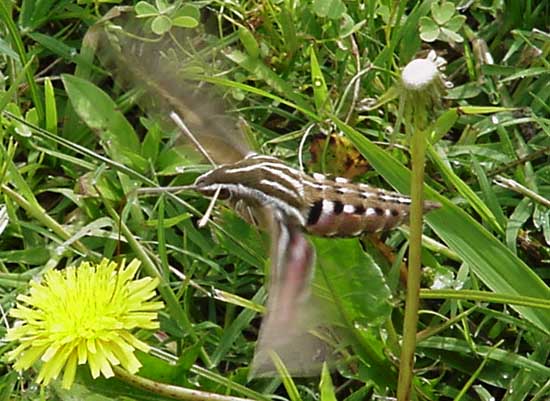Madison County, Idaho
Sphingidae


A "WO" after the species name indicates that I have no confirmed reports of this species in Madison County, but I (William Oehlke) expect that this moth is present or might be present.
A BAMONA indicates the moth is reported on the BAMONA website (three species: One-eyed sphinx (Smerinthus cerisyi), probably Smerinthus ophthalmica; Bedstraw hawkmoth (Hyles gallii); White-lined sphinx (Hyles lineata).
Please help me develop this list with improved, documented accuracy by sending sightings (species, date, location), preferably with an image, via email to Bill Oehlke.
This page is inspired by and dedicated to Brad and Susan Dalling: Good Friends.
Sphinginae subfamily
Smerinthini Tribe:
Macroglossinae subfamilyDilophonotini tribe
Macroglossini tribe
|
Enjoy some of nature's wonderments, giant silk moth cocoons. These cocoons are for sale, winter and fall. Beautiful Saturniidae moths will emerge the following spring and summer. Read Actias luna rearing article. Additional online help is available.
Eggs of many North American species are offered during the spring and summer. Occasionally summer Actias luna and summer Antheraea polyphemus cocoons are available. Shipping to US destinations is done from with in the US.
Use your browser "Back" button to return to the previous page.
This page is brought to you by Bill Oehlke and the WLSS. Pages are on space rented from Bizland. If you would like to become a "Patron of the Sphingidae Site", contact Bill.
Please send sightings/images to Bill. I will do my best to respond to requests for identification help.
 Show appreciation for this site by clicking on flashing butterfly to the left. The link will take you to a page with links to many insect sites. |